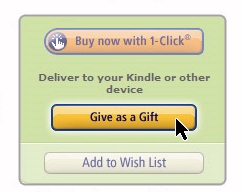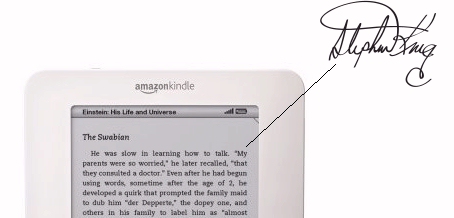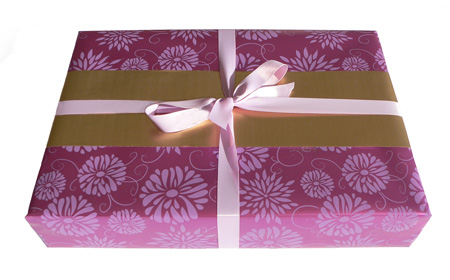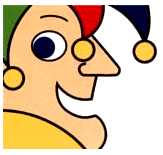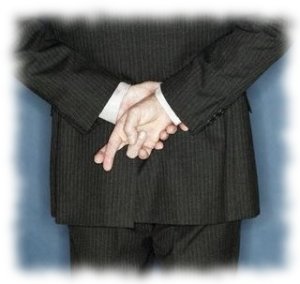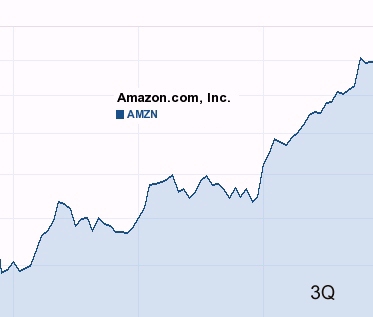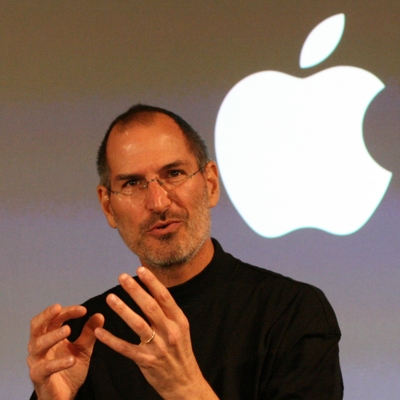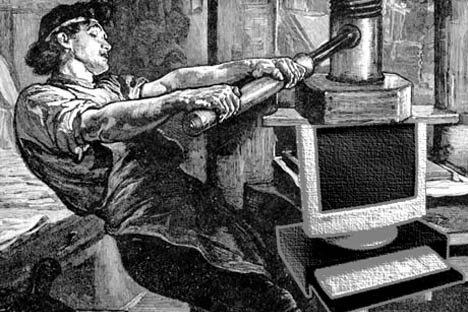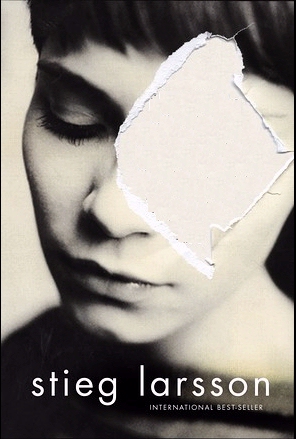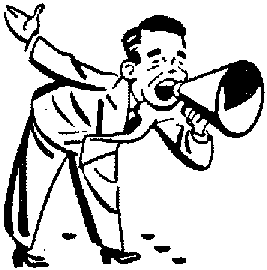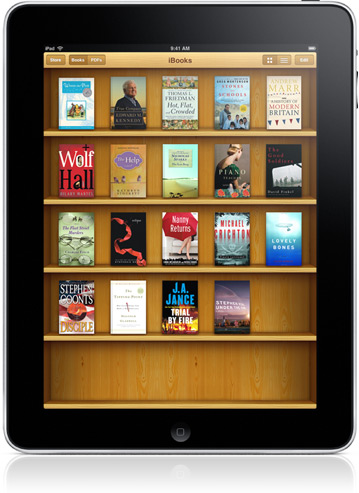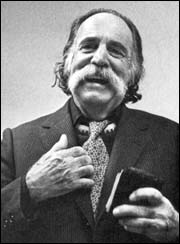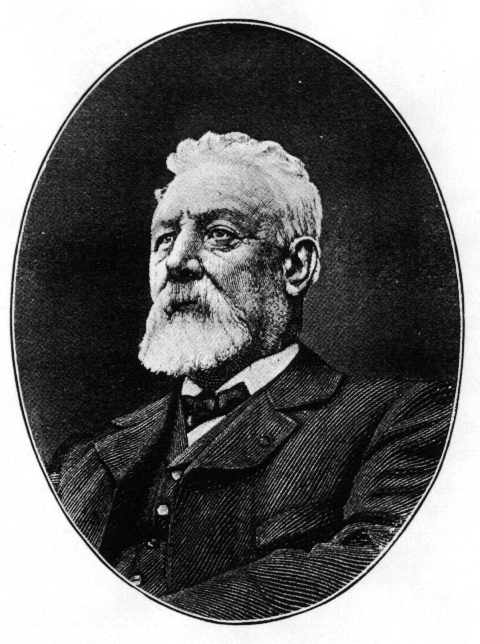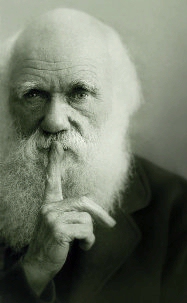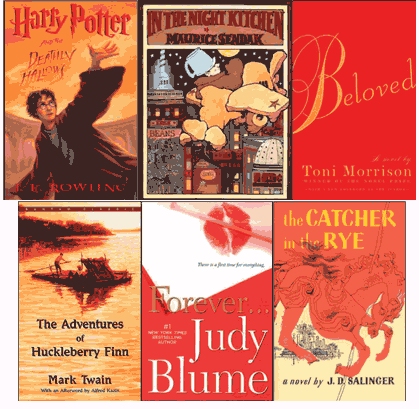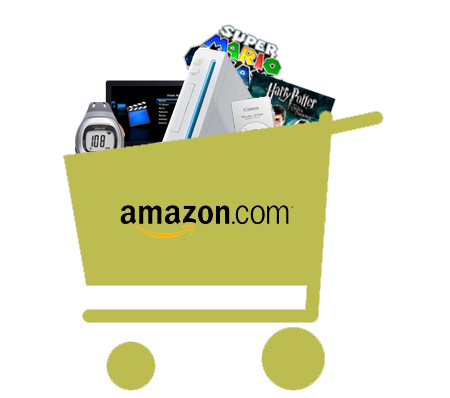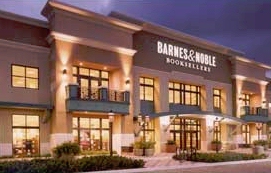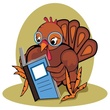
I’m trying to get into holiday spirit – and I was really touched Monday by a story about a stroke victim who was re-learning how to read using a Kindle…
61-year-old Tom Calteux was a former photo editor at a Milwaukee newspaper, but at the age of 49 — 12 years ago — the stroke took his ability to read. He’s spent over a decade in therapy, and “When he had trouble, you could see tears develop,” remember one of the pathologists. She reports that now using the Kindle has been “uplifting” — both emotionally and psychologically — and an Amazon representative confirms that there are “a number of stories about stroke patients across the country using Kindles to help with their reading.
I guess I felt like I should take a moment this year to be thankful — and to think about all those people, somewhere around us, who are very thankful for their Kindles.
* Thanksgiving always holds a special meaning for the families of soldiers who are stationed overseas. And some of those soldiers are now reading on their Kindles, according to stories being shared on the Kindle online discussion forums. Author Edward C. Patterson organized “Operation eBook Drop” in 2009, in which authors agreed to provide free ebook coupons to “any deployed Coalition Armed Forces member with a Kindle.”
In a little more than a year, they’ve now distributed over 440,000 coupons to the soldiers for at least 2,000 different ebooks which were contributed by over 522 authors. And earlier this month, they received a thank-you e-mail from a medical sergeant named Dakotah Hayes. “This means so very much to myself and my entire team… This is our job and we do it because we enjoy helping others at home and over seas, so to receive even a word of thanks is more than we could ever want. Thank you for your support and your generous gifts.”
* Two optometrists in Texas write a web blog about optometry, and report that Amazon’s Kindle “holds a lot of promise” for people with serious eye conditions, including glaucoma, macular degeneration, and retinitis pigmentosa. Last year one of the eye doctors told Publisher’s Weekly that “Numerous people contact me about it — some are legally blind, some have a hard time seeing…” The Kindle can obviously convert any text into an instant large-print book, but its screen may be even better, because “contrast and brightness are very important for someone with low vision.” In addition, some arthritis or MS patients have trouble even holding a book — and the Kindle’s lighter size is making it easier for them to read.
* Finally, I’ll never forget the story of a concerned mother in North Carolina who wandered into Amazon’s Kindle forum and posted “I could cry…I am so happy.” Her 14-year-old daughter had struggled in school, and never read any books for enjoyment. But one day she picked up the family’s Kindle 2 — and surprised them all by suddenly starting to read. “After hours of reading I asked what the difference was between the regular book and the Kindle. She said she would get very overwhelmed by all the words and the size of the book which would make it difficult for her to stay focused. For whatever reason putting the font size up one notch has done the trick!”
Now somewhere in America, there’s a mother who’s happy because her child finally found a way to enjoy reading, and “She hasn’t put the Kindle down since!”
